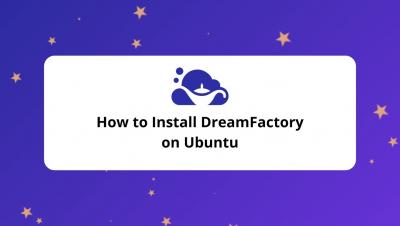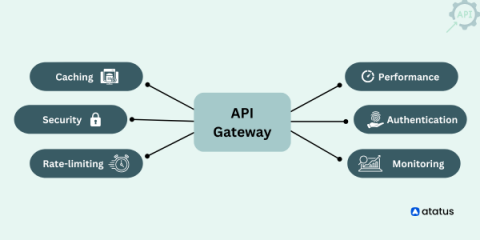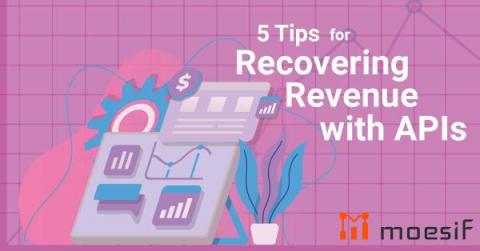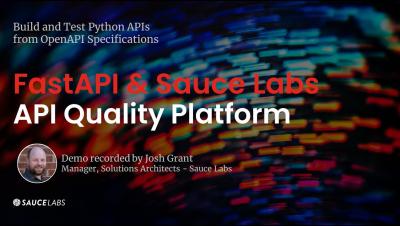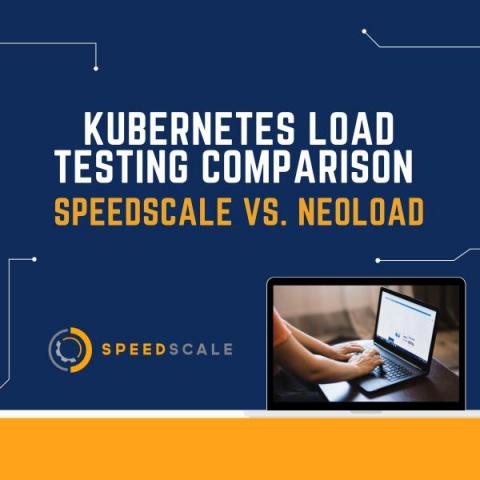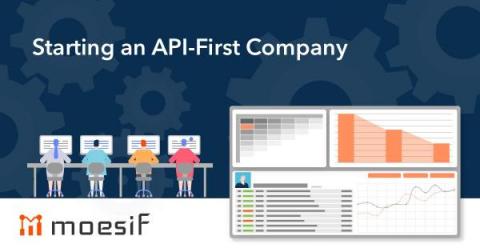Systems | Development | Analytics | API | Testing
API
A Guide for Choosing the Best API Gateway
If you're looking to build or expand upon a microservices architecture, then you need to seriously consider an API gateway. An API gateway is a critical piece of infrastructure that can help you build a scalable, secure, and efficient microservices architecture. They are an essential part of any API strategy. It acts as a single point of entry for all your API traffic, making it easier to manage and monitor your API traffic.
API Composition with StepZen and Kong
There are many pros and cons for both GraphQL and REST APIs, but one of the areas where GraphQL really shines is API composition. Taking data from multiple APIs and combining them to make something new is a key part of delivering a useful service.
5 Tips For Recovering Revenue With APIs
Recovering revenue is an important part of running a successful venture in the modern API economy. With an API product it can be easy to undervalue your services and, ultimately, your business. This is why many API providers turn to billing customers for their usage, but which API monetization method is best for your product stack? Moesif enables you to make smart, informed decisions around your customers and maximize the monetization of your business model.
FastAPI - From Docs to OpenAPI Specs and Contract Tests in a Flash
Jenn Bergstorm on Innovations Through Gamification | Kongcast Flash | #KongSummit2022
Kubernetes Load Testing: Speedscale vs NeoLoad
Kong Builders- Sep 14 | Kong Hackathon Edition - Plugin Development
Using Event Tags in Moesif
Sometimes you may have related events that you want to group together or want to give a friendly name to events. This could be especially true if you have a group of API calls you want to combine into a single API product. Fortunately with Moesif you can do exactly that, so that groups of events can be looked at as a single unit, like a SKU. In Moesif, this can be done by using the Event Tag feature.
What you Need to Know When Pricing APIs
Pricing APIs correctly is a key part of your API monetization strategy. That means understanding how you should charge for usage, whether it’s better to set your pricing by month or quarter, whether data tiers or a Pay As You Go API pricing model would work best and a whole host of other elements. In this post we’ll cover all you need to know when pricing APIs.


